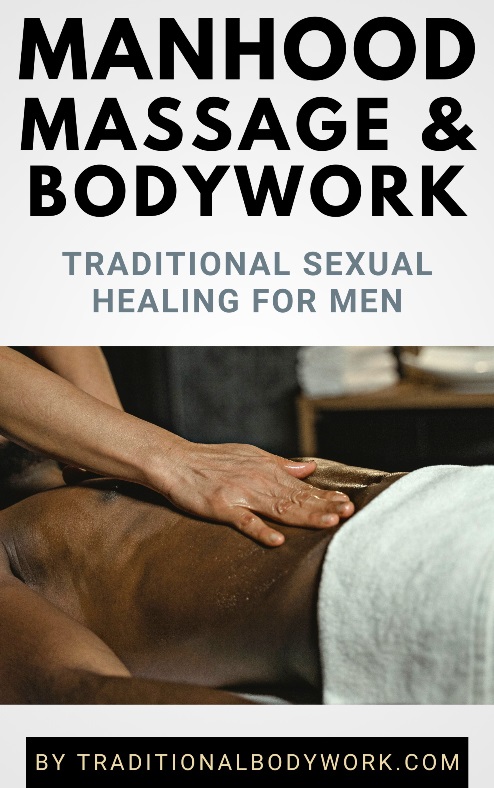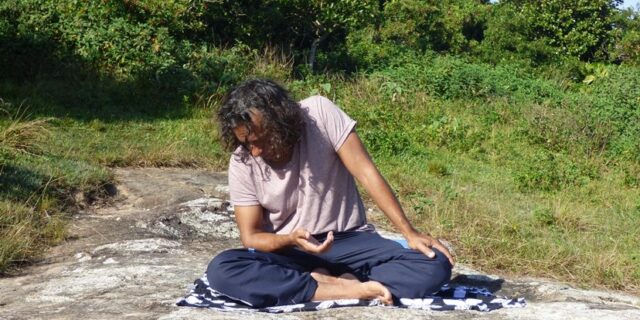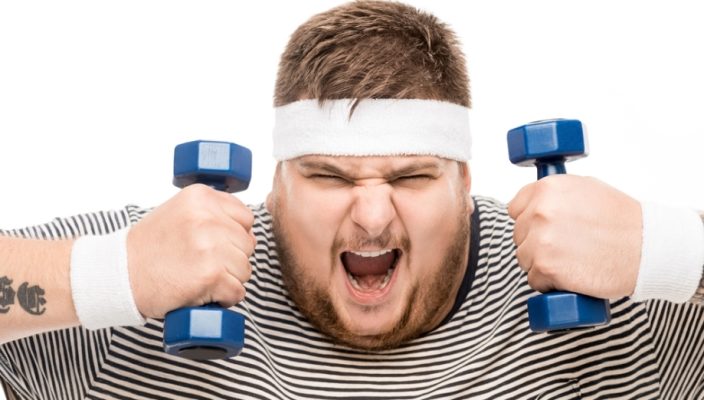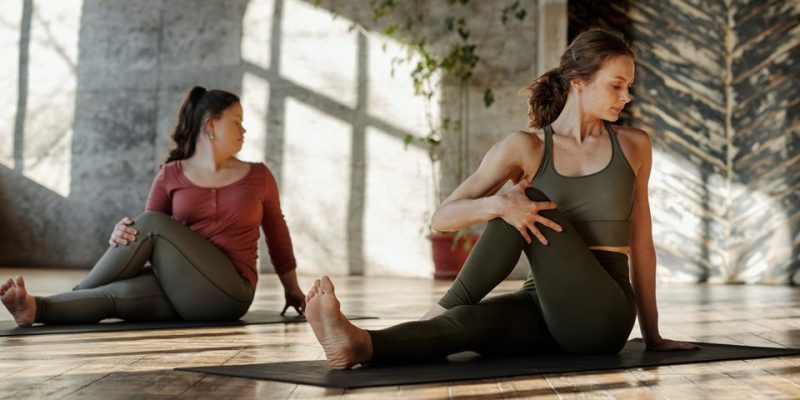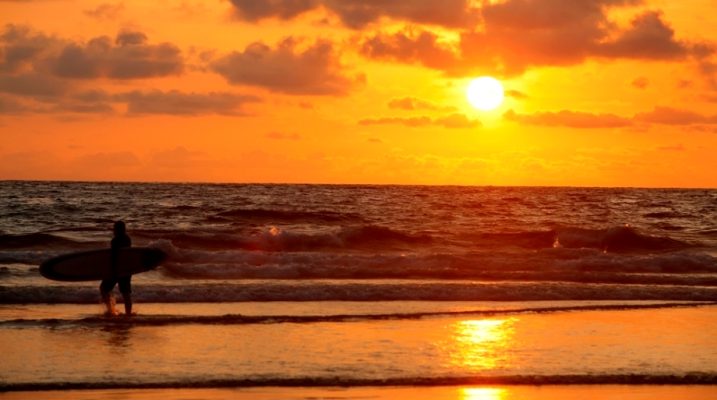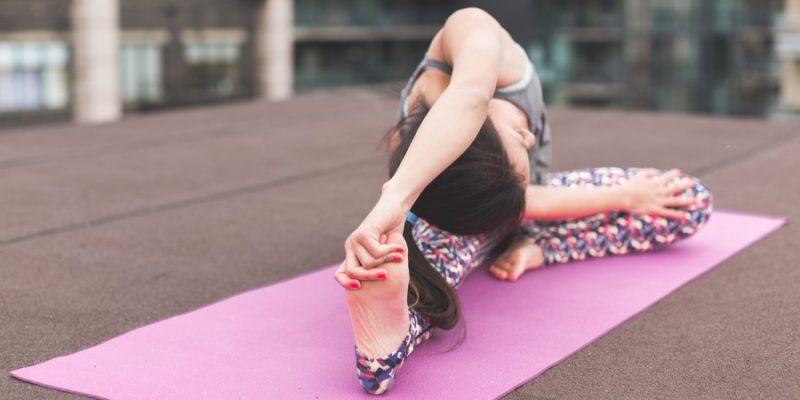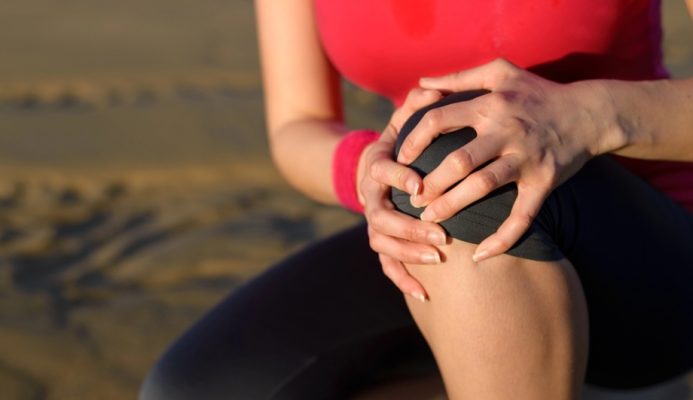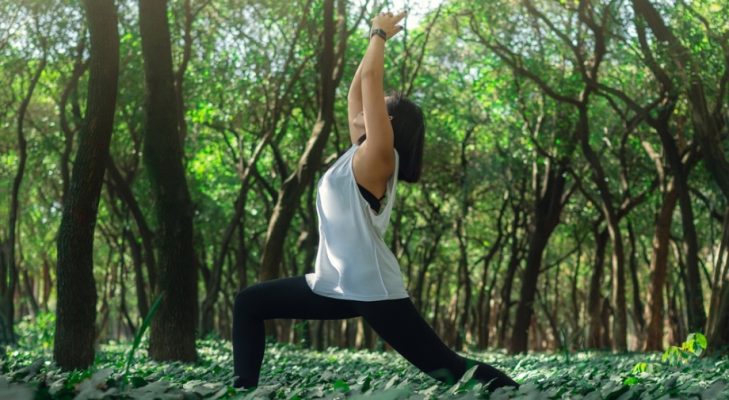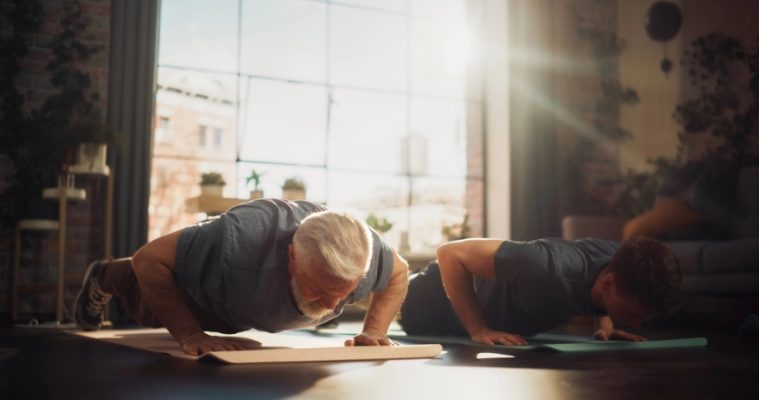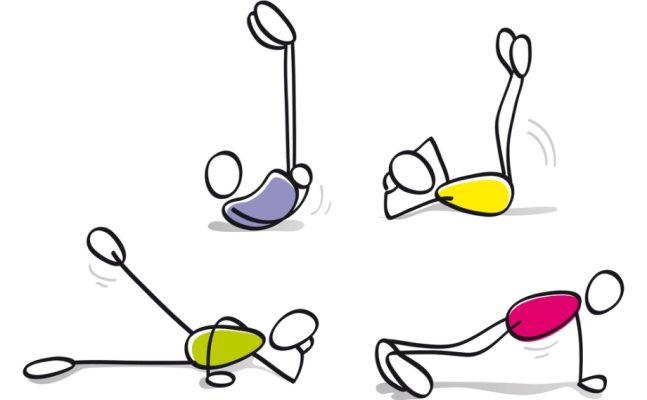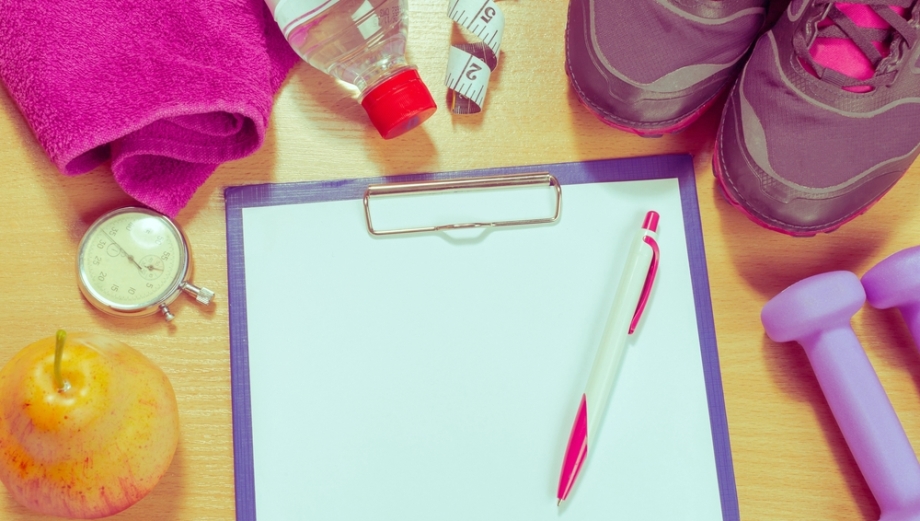
In this article, we take a look at how to best prepare yourself for physical exercise. Mind that we don’t talk about walking from your home to the supermarket or doing household tasks (which is also a form of exercise), but rather about physical exercise as a planned, structured, and regular health activity.
Structural Preparation
Medical Checkup
If you haven’t done regular physical exercise for a while or if you have known medical conditions it may be wise to first do a medical checkup by a professional healthcare provider just to make sure there are no objections to engage in (certain types of) physical exercises.
If you have a medical history, it may be necessary that you need a so-called exercise prescription, which means that an exercise or rehabilitation specialist will setup a specific plan of exercise activities that is designed for your health situation.
Clothing
Depending on the type of physical exercise you want to engage in you may need additional, special, or adapted clothing.
Don’t take this lightly. For instance, hiking in rough terrain or under tough weather conditions needs proper clothing in order not to get hurt, or getting too wet, too hot, too cold, and so on.
Exercise Equipment
In addition to proper clothing, and depending on the type of exercise you plan to do, you may need certain equipment or exercise gear, such as a helmet, harness, sunglasses, a bike, a canoe, surf board, hand protection (such as gloves), or a hiking stick, etcetera.
It’s true that quality gear is often somewhat expensive, but it’s rather essential, not only for your own safety, but also to be able to do your activity in the best possible way.
“Investing in quality exercise gear isn’t just about comfort—it’s about ensuring your safety and getting the most out of every workout or outdoor adventure.” – The owner of Fitness Avenue Canada remarks.
Training
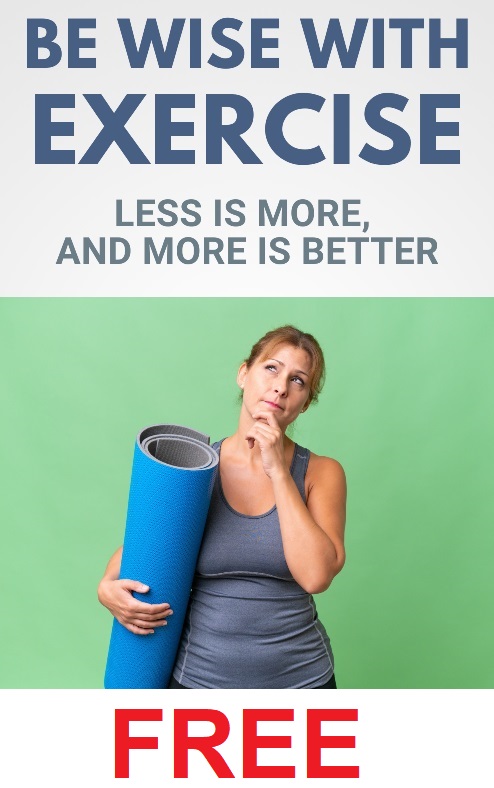
Depending on the type of physical exercise you want to do you may first need some training courses. I mean, you wouldn’t just jump on a horse and try to ride it if you haven’t done that before, and you wouldn’t just buy some ropes and hooks and start climbing a mountain.
But even with physical activities that look obvious and simple like kayaking, mushroom hunting, or mountain biking it wouldn’t be wrong to first find information in the form of articles, books, or videos, or even take a course or workshop.
Perhaps you can find interest groups of the type of activity you’d like to do in the place you live and join them. These types of groups often organize workshops or outings to venture out together. You can certainly learn a lot from that.
Preparation Just Before Your Exercise Routine
Informing Others of Your Whereabouts
If you leave your house for exercise, it’s always wise to inform your family, friends, or perhaps a neighbor where you’re going to and how long you plan to stay outside.
This is particularly important if you go alone into Nature, that is, to places where there are less or no people. I say this, because if you have an accident and stay away longer than planned, it will be easier for others to find out your whereabouts and get or supply help.
Check Your Gear
If you use any special gear, such as a bike, a canoe, or walking stick, make sure they are in good working condition before starting your activity.
Not only is your gear important to do your exercises pleasantly and properly, but equipment that’s not working adequately might put your physical safety at risk.
Weather Circumstances
In some types of weather it’s probably better not to exercise outdoors. For instance, when it’s very hot or cold, or extremely wet and slippery, or if there’s a storm coming up, or thunderstorms and lightning, it’s perhaps better to stay on the safe side and skip this occasion. Maybe you can do some alternative exercises at home or at the gym.
On the other hand, you may still want to go exercising outdoors if the weather is not too extreme, but then think about sunscreen and a cap or hat if there’s a high UV rate or alternatively about protection against the cold or rain.
Food and Drinks
Physical exercise needs energy and a hydrated body. Although you probably have eaten and drunk before you start your exercise routine (typically about an hour or perhaps somewhat longer before you start), it’s advised to have some extra foods and drinks with you.
Not only food for extra energy in the form of carbohydrates (sugars), but also enough water because you lose quite some fluids when doing exercise and it’s important for proper function of your body and mind to stay hydrated.
To avoid dehydration when doing exercise, the general recommendation is to drink up to a cup of water every fifteen to twenty minutes.
First Aid Kit
Of course, you don’t need to take a whole suitcase with first aid materials with you — unless you go for a five-day hike in the jungle — but some bandages and a disinfectant can always come to help to tackle minor injuries.
Stretching and Warm-up
Before a moderate to intense physical exercise it’s always best to warm-up your body.
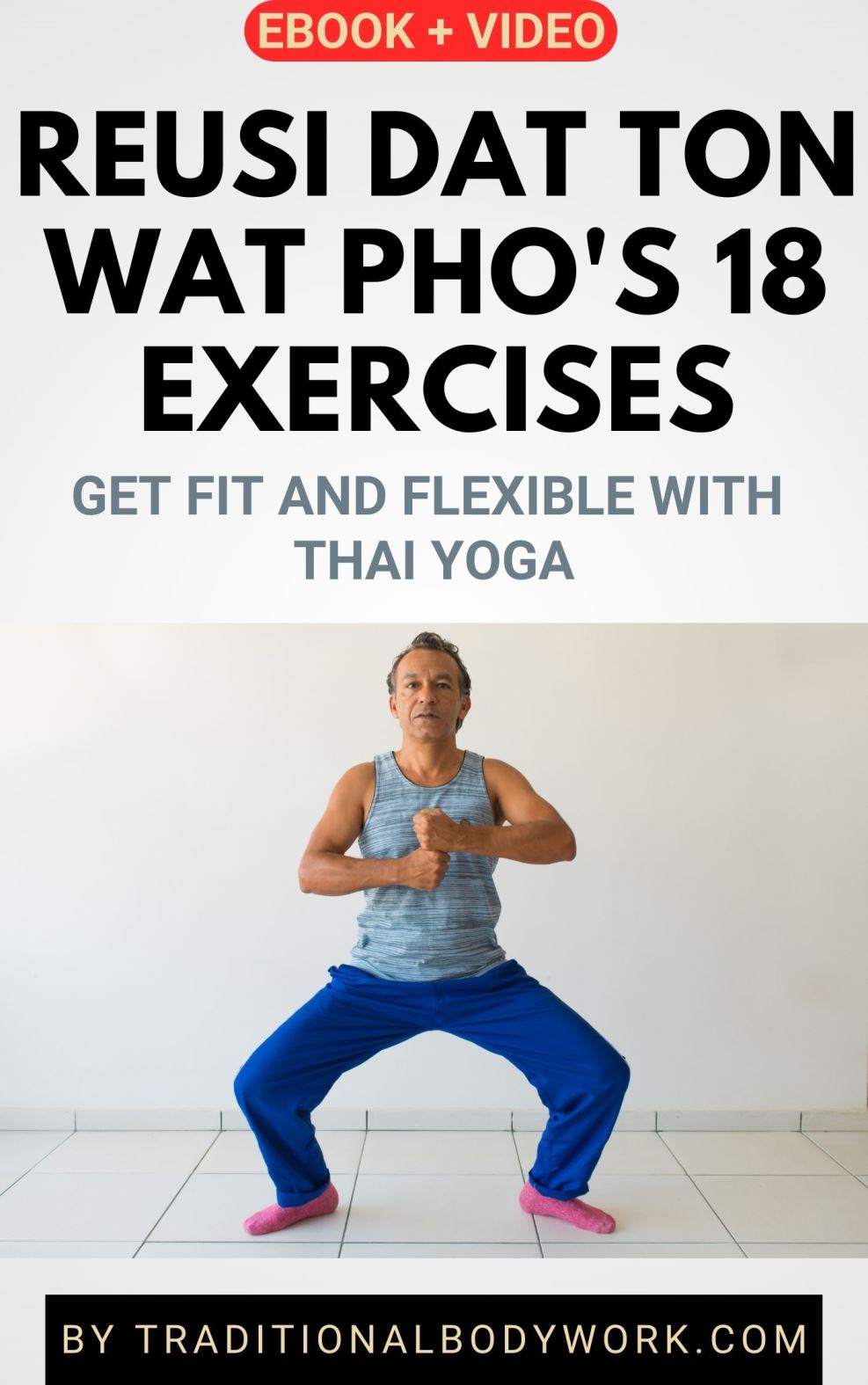
A warming-up routine gradually stimulates your cardiovascular system by raising your body temperature and by increasing blood flow to your muscles. This will help prevent sudden muscle cramps and spasms, and possible injuries. Warming-up can also help to reduce muscle soreness after your exercise session.
You can find all kinds of examples of warming-up routines on the Internet, including those specifically geared towards certain types of physical exercise.
In addition, you could check out my free Reusi Dat Ton (Thai Yoga) Support Guide in which you find a video with a simple warming-up routine I use before doing Thai Yoga exercises.
Stretching before doing exercise is actually also a kind of warm-up for the body, and is typically included in a warm-up routine. Nevertheless, you could say that warming up gets the heart pumping and the body ready for action, while stretching rather focuses on “getting loose” by enhancing your joints’ and muscles’ mobility and flexibility.





